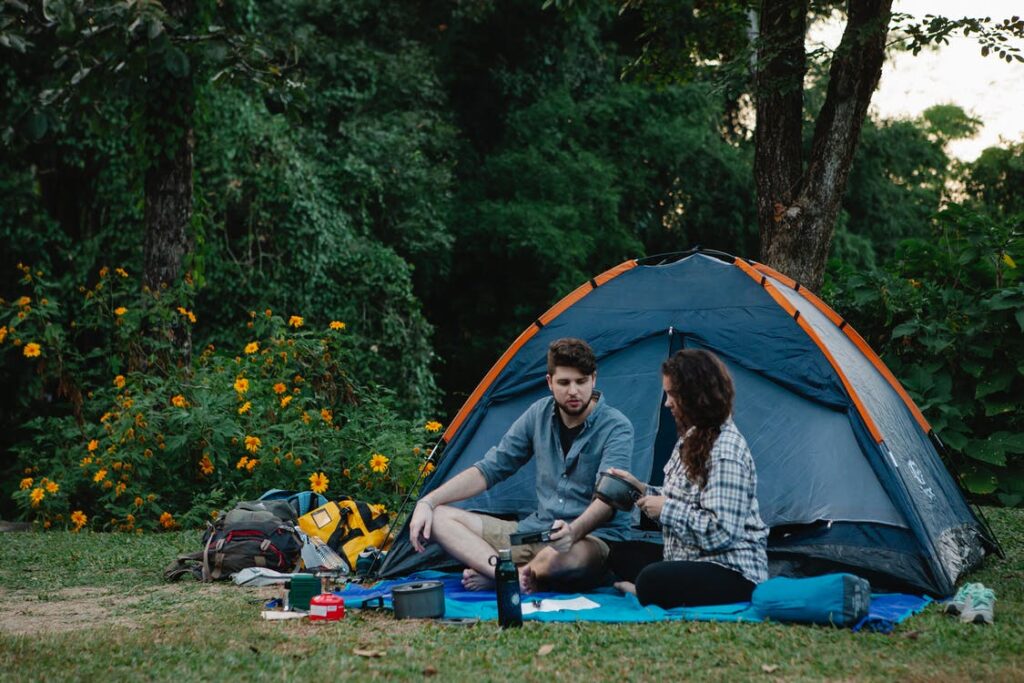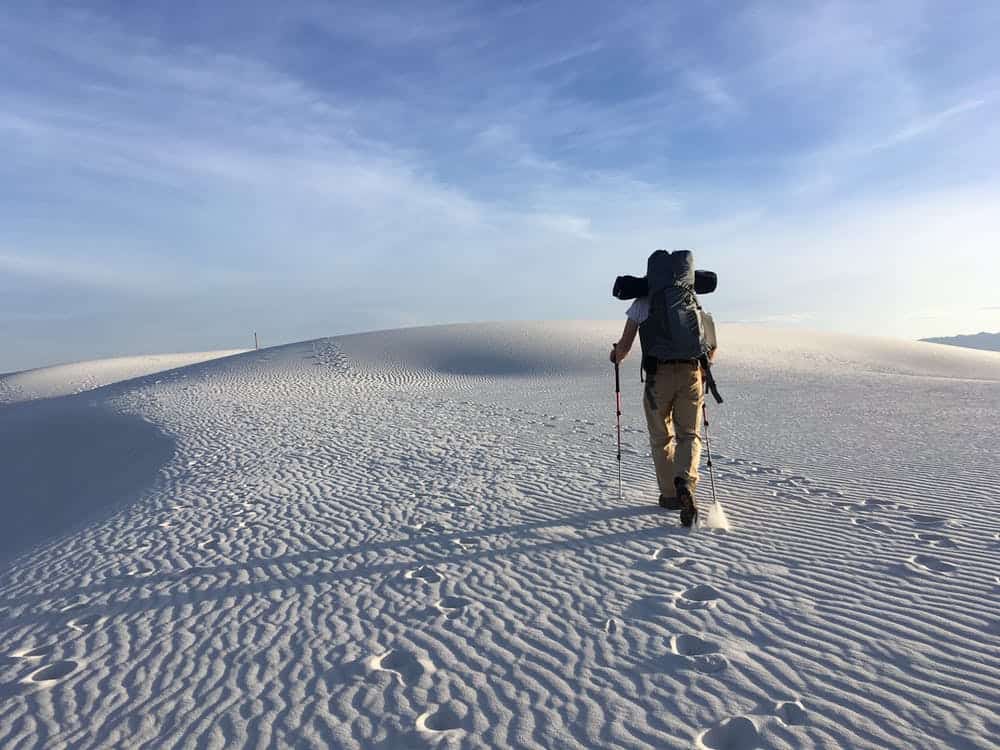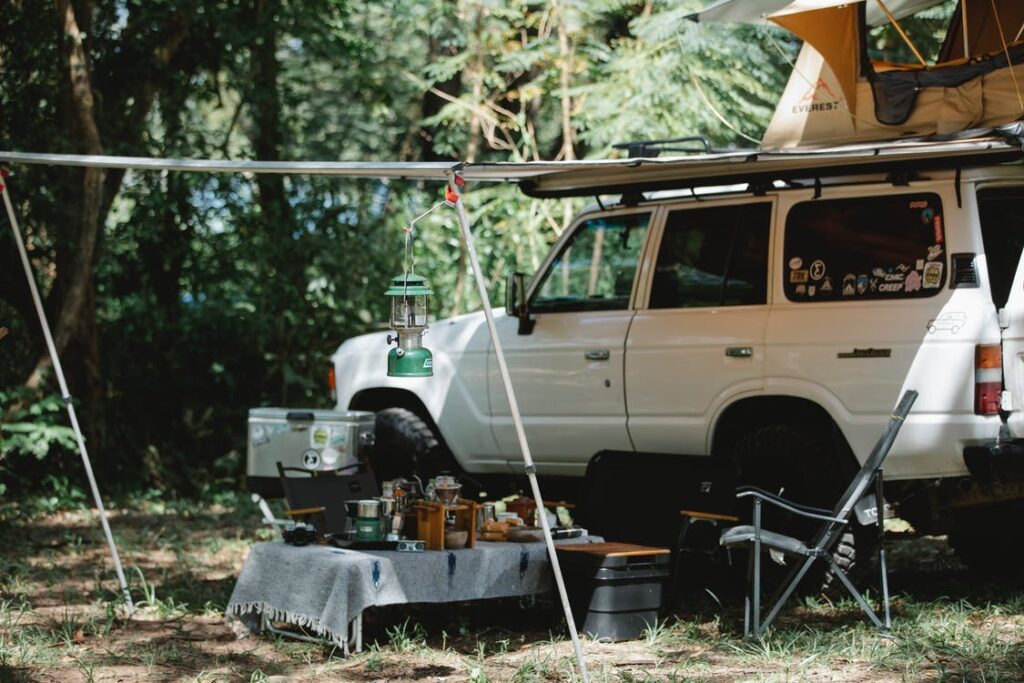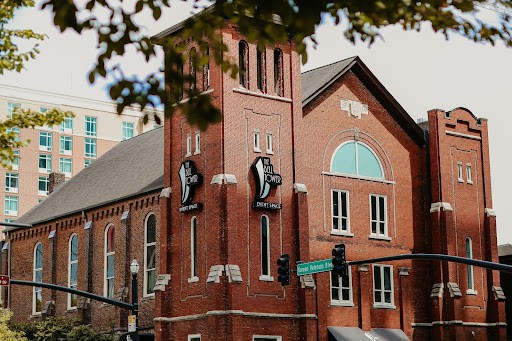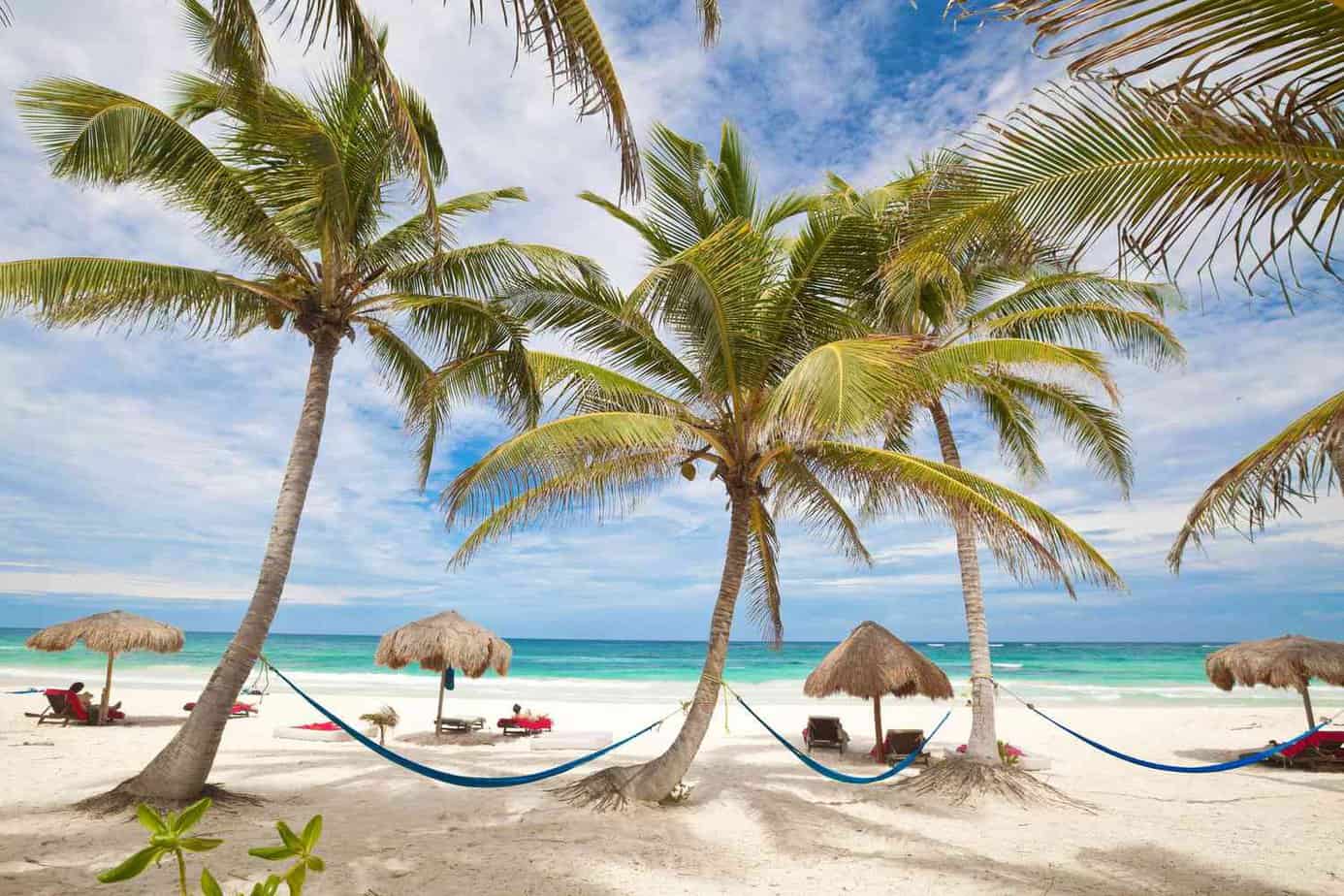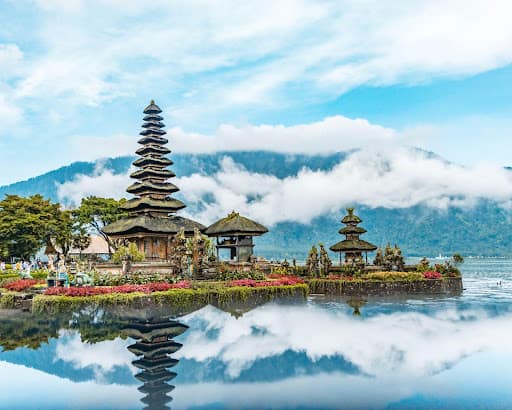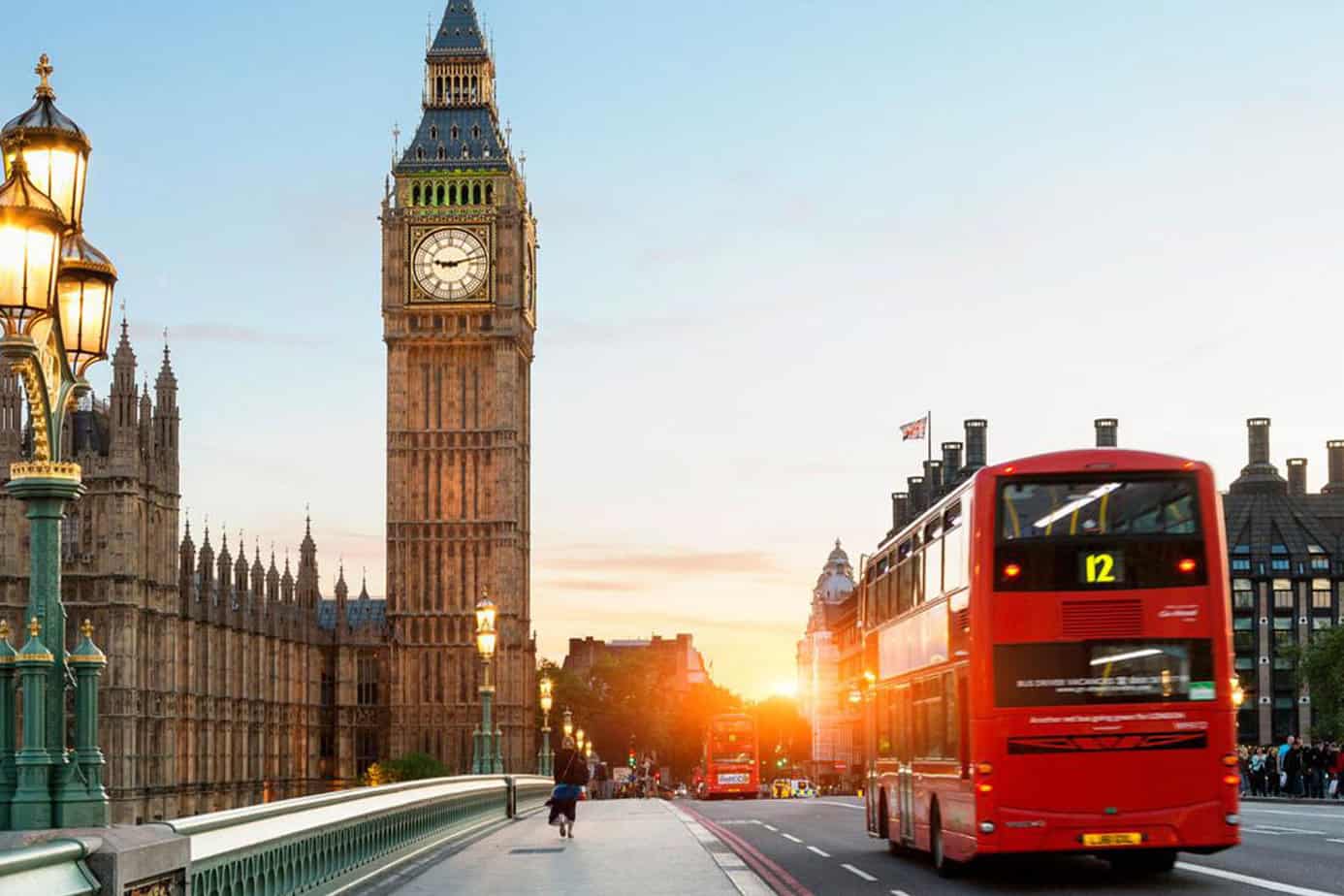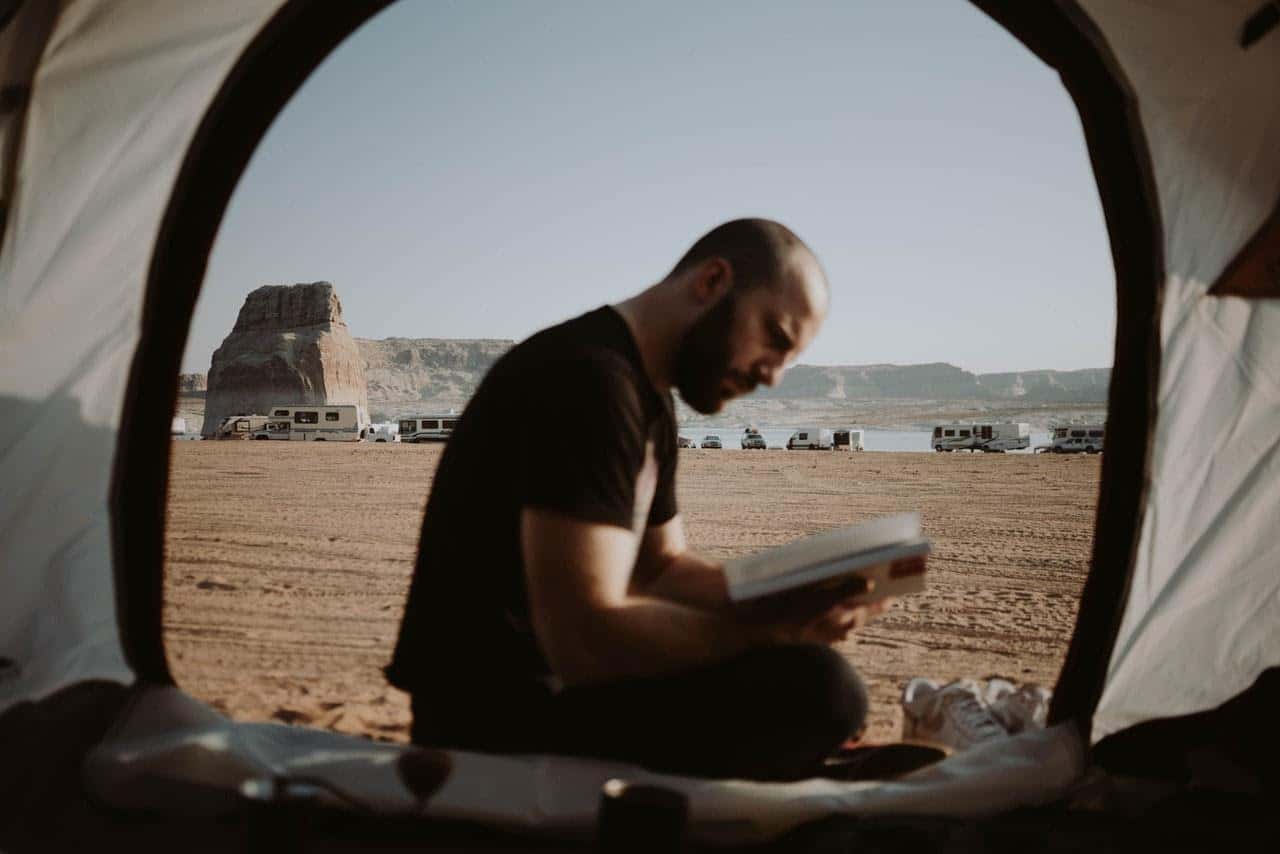
According to the North American camping report, the number of people who camped for the first time in 2020 was five times greater than what was observed in 2019. Plus, campers expect increased camping in 2021 and are willing to try new camping experiences.
Now, close your eyes and say “camping.” What does your imagination paint? Probably, great outdoors, tents and a campfire. However, there are different types of camping. In this guide, we’ll walk you through the most popular types of camping to help you figure out what works best for you. Interested? Let’s jump right in.
Tent Camping
Tent camping means finding a campsite, pitching your tent, and spending your time in it for one or several nights. Also, there is a couple of possible options of where to set up your wildlife shelter: it can be an official campsite located in the national park, or backcountry.
Tent camping is especially popular throughout the summer, however, it can be quite enjoyable in the winter as well. You may ask why, and the answer is quite simple: no crowds, no bugs, and the blissful serenity of snowy landscapes make winter camping so attractive. Still, it’s more challenging and requires some extra preparation. You need to ensure you’ll stay warm and dry in your wildlife shelter, so a camping tent with stove jack should be the number one item on your cold weather tent camping checklist.
Tent camping is really great. Your camp can serve you as a base for short hikes, you can make and have your meals outside, and when the night falls, you can sit around the campfire, grill marshmallows and chat. Also, tent camping is one of the best ways to connect with your family. Of course, don’t forget to bring a 4 season family tent to comfortably sleep you all.
Backpacking or Hiking
Backpacking means that all you need on your adventure is in a pack on your back: clothes, food, personal items and camping gear. Plus, backpacking means that there is at least one overnight in the plan, however, it can stretch to days or even months. You walk during the day with all of your gear, sleep in a tent and move on the next day.
Backpacking adventures are more about off-the-beaten-path than local trails. For backpacking, it’s imperative to thoroughly plan your route and camping spots before you hit the road. And yes, you need to bring a lightweight tent, because it’s no fun carrying heavy loads while hiking. Also, make sure you have the best fitting shoes and clothes, and stock up your first aid kit with blister prevention and relief products.
All in all, backpacking is very cost-friendly, and it enables you to experience the great outdoors in ways that most people will never experience.
RV and Van Camping
Owning an RV or a campervan is an amazing way to travel and explore the greatest country with the comforts of home. The advantages of RV or van camping are obvious: you’re more mobile, you can explore more places, your campsite is anywhere you can park, you don’t need to worry about getting wet, and finally, your gear is easily reachable and safe from the elements. Not to mention, this type of camping is just great for families with small kids.
On the flip side, camping in an RV or a van doesn’t allow you to experience nature in a way which backpacking or camping in a tent can offer. In addition, some places can’t be reached by car. Anyway, if you feel like van camping, here are some useful tips from National Geographic.
Survivalist Camping
Without any doubt, it’s the most extreme type of camping. Before you set off, make sure you’ve mastered all the camping techniques and learned to tackle any possible issues that can occur. Basically, survivalist camping falls into two types – base camp survival camping and walk-out survival camping, however, their goal remains the same – stay alive.
- Base camp survival camping means pitching your tent in an isolated, lonely location and foraging your own food, whether by hunting, fishing, or simply finding anything you could consume.
- As for walkout survival camping, you’re dropped off at some remote place in the backcountry, and your task is to find your way back. Of course you need to find the food and water sources, which can be really challenging in unknown locations.
Apart from planning every single detail of your survival adventure, you need to take care of your safety in case of an emergency. For this, tell your friends or family where you go, have all the contact info plus your emergency contact on you written on a piece of paper, and take care of a reliable survival kit, and a radio or a satellite phone.
Glamping
Derived from the words ‘glamorous’ and ‘camping’, glamping is an outdoor getaway that combines closeness to nature and camping with luxury and convenience. Glamping means that you don’t need to bring a tent, a sleeping bag, and cooking utensils. Instead, you stay at an accommodation kitted out with all the essentials.
Today, you can find many glamping options. From bell tents and tree-houses to luxurious caravans – it’s all about the experience. When glamping, you usually have all the amenities, like electricity, a kitchenette, a bathroom, and even a shower. Some locations even offer spa and activities, while others are limited to a modest range of facilities. All in all, glamping means convenience.
Although it’s far from the traditional camping in a tent, glamping can be your way out when you want to ease yourself into the world of camping but are a bit nervous about roughing it. Glamping combines great comfort with the opportunity to star-gaze and enjoy the great outdoors.

